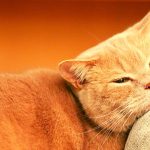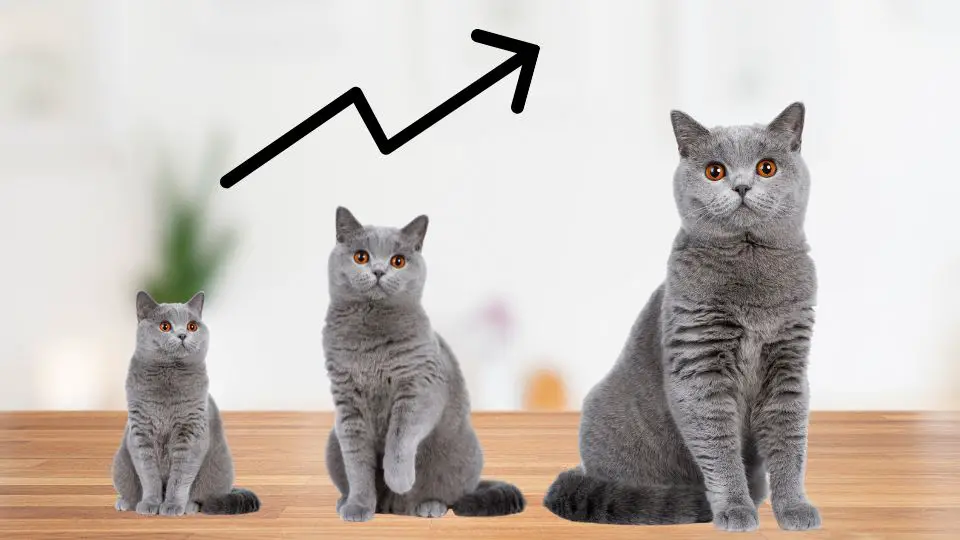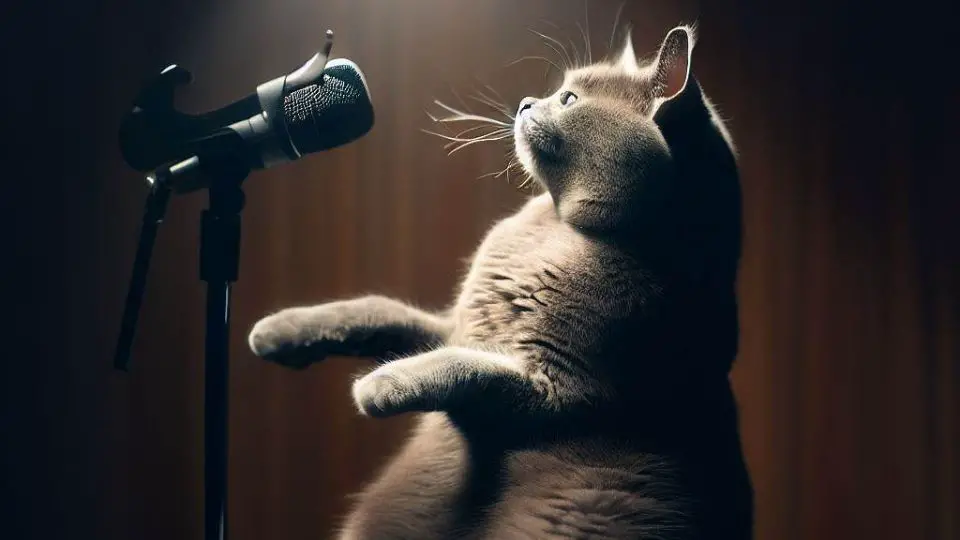Are you wondering if British Shorthair cats are lap cats?
While they are known for their affectionate and loyal nature, they are not typically considered lap cats. Although they may enjoy snuggling with their owners, they have certain behavioral traits that can make them less inclined to sit on laps.
In this article, we will explore the reasons why British Shorthairs may not be lap cats and provide tips for encouraging lap sitting behavior.
Is british shorthair a lap cat?
British Shorthair cats are known for their charming, laid-back personalities and their plush, teddy bear-like appearance. However, despite their cuddly appearance, many people wonder if British Shorthairs are actually lap cats.
The answer is no, British Shorthairs are not typically lap cats. While they do enjoy spending time with their owners and may even snuggle up next to them on the couch, they are generally more independent and prefer to be nearby rather than on their owner’s lap.
While British Shorthairs are intelligent, loyal, and make excellent companions for families and individuals alike, they are also independent by nature and may not crave as much attention and affection as some other breeds.
Characteristics of British Shorthair cats
While they may not be lap cats, British Shorthairs do enjoy being close to their owners and may follow them around the house or curl up next to them on the couch. They are also known to be very adaptable and can adjust well to a variety of living situations, making them ideal pets for those with busy lifestyles.
They are not needy or clingy like other cat breeds, and they do not require constant attention or affection from their owners. British Shorthairs are also known for their love of routine, and they prefer to stick to a regular schedule for eating, playing, and sleeping.
Moreover, British Shorthairs are not known for their desire to be held or carried around. They prefer to sit next to their owners and snuggle, but they do not enjoy being picked up or held for extended periods of time.
Can you train your British Shorthair to lap sit?
Training a British Shorthair to sit on your lap can be a challenging task as they are known for their independent and reserved nature. While it may be possible to train them to enjoy lap sitting, it is important to respect their natural behavior and not force them into something they don’t like.
If you want to train your British Shorthair to sit on your lap, here are some tips to consider:
- Start slowly: Begin by getting your cat used to sitting next to you on the couch or chair before attempting to put them on your lap.
- Reward good behavior: Use positive reinforcement techniques such as treats or praise to encourage your cat to sit on your lap.
- Respect their space: If your cat is showing signs of discomfort or reluctance to lap sitting, respect their boundaries and try again another time.
- Create a comfortable environment: Make sure your lap is comfortable for your cat to sit on by placing a blanket or cushion on your lap.
- Use a calming scent: Rubbing a calming scent such as lavender or chamomile on your lap or your cat’s favorite blanket may help to relax them and encourage lap sitting.
However, we must emphasize that you should keep in mind that not all British Shorthairs may be interested in lap sitting. Some cats simply prefer their own space and independence, and forcing them into lap sitting may cause stress and discomfort.
Common challenges in training British Shorthairs to be lap cats may include their independent nature, anxiety, and fear of being restrained. Approach lap training with patience and a gentle approach, and do understand that not all cats may enjoy lap sitting.
Limitations to British Shorthair lap sitting
Age and health concerns
As British Shorthair cats age, they may become less inclined to sit on laps due to changes in their physical health. Older cats may develop arthritis or other joint issues that make it uncomfortable for them to sit or lie in certain positions. They may also experience decreased mobility or increased fatigue, which can make it difficult for them to climb onto laps or remain there for extended periods.
Additionally, some health concerns may affect a British Shorthair’s ability to sit on laps. For example, cats with respiratory issues may have difficulty breathing when in certain positions, such as being held or carried. Cats with skin sensitivities may also become uncomfortable or irritated when sitting on certain fabrics or textures.
Personality traits
While British Shorthairs are known for their friendly personalities, not all cats are lap cats. Some cats may prefer to be near their owners, but not necessarily on their laps. Personality traits such as independence, aloofness, or high energy levels may make some British Shorthairs less likely to sit on laps.
In addition, British Shorthair cats are known for their strong prey drive, which can make them easily distracted or anxious when sitting still for extended periods. They may also be more prone to sudden movements or bursts of energy, which can make them uncomfortable or unpredictable when sitting on laps.
Conclusion
In conclusion, while British Shorthairs are known for their affectionate and playful personalities, they are not necessarily lap cats. While some British Shorthairs may enjoy sitting on laps, many others may not.
This is due to their independent and reserved nature, as well as their unique physical characteristics. While it may be possible to train your British Shorthair to sit on your lap, it is important to respect their individual personality and preferences.
Ultimately, it is up to the owner to understand and appreciate their British Shorthair’s personality and find ways to bond and interact with them in ways that suit both the cat and the owner.







